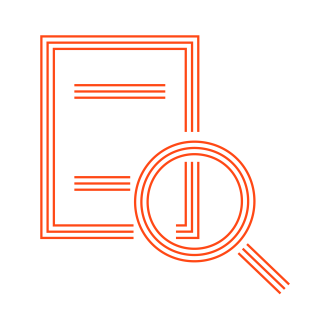The application of GBADs methodology to aquatic animal production
The Global Burden of Animal Diseases (GBADs) programme’s key objective to provide a systematic approach to determine the burden of animal disease is as relevant to aquatic as terrestrial animal production systems. However, to date GBADs methods have mainly been applied to terrestrial animal production systems. The key objectives. The challenges to applying GBADS methods, notably the animal health loss envelope (AHLE), varies considerably with production systems. We demonstrate how the AHLE can be calculated for rainbow trout (RBT) production in England and Wales, and acknowledge that its application to other systems (e.g. hatchery production, polyculture and no-feed mollusc production) is more complex and raises questions around how sub-optimal nutrition constrains production. Recirculating aquaculture systems (RAS) have inherent high levels of biosecurity and disease control and thus low levels of disease. Removing the capital and running costs associated with biosecurity fundamentally changes the system and invalidates the AHLE calculation. Lack of data from many systems, notably small-scale tropical finfish farming, will mean that expert opinion will be needed to support the application of GBADs methods. Whilst calculation of the AHLE was the focus of this paper, it should be noted that attribution to causes and value chain modelling are needed to generate data on the wider societal impact of aquatic animal diseases (and possible interventions), needed by governments to support decision about resource allocation.

